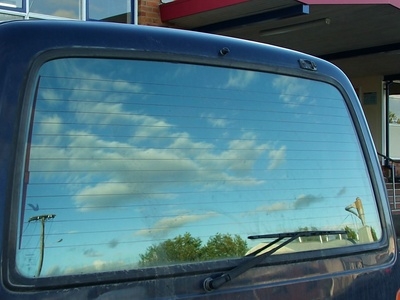
Windshield washing reservoirs are one of the newer features on cars and trucks, if you consider that the automobile has been developing for over 100 years. Now every car has one. Holding a water and soap solution, the reservoir provides ample washing intervals for the front windshield. Sometimes the plastic reservoirs can crack because of the constant engine heat, or they become damaged by impact. A few tools and some tips allow any Toyota owner to replace a broken or defective windshield washing reservoir fairly easily.
Place the vehicle in park or neutral with the emergency brake set. Disconnect the negative battery with a wrench. Open the hood and prop it up.
Locate the windshield washing reservoir on the vehicle. Consult an owner's manual for the precise location on your Toyota model. Most reservoir tanks can be spotted sitting in the open, mounted to the firewall in the back part of the engine compartment. They typically have a white plastic body with a black flip-up filler cap. "Window Washing Fluid" should be plainly marked on the cap. On some Toyota models the reservoir might sit down lower on the firewall but can be seen from above.
Disconnect the small wire that powers the reservoir pump motor. It unsnaps and pulls away. Pull the small plastic fluid line from the tank nozzle (located near the bottom of the tank).
Using the correct socket or wrench, remove the reservoir mounting bolts. There will be two or three of them, depending on the model. The reservoir tank can then be lifted out. Clean the tank mounting area after you remove the tank.
Install the new reservoir tank by carefully aligning the bolt holes and starting the bolts on by hand. Tighten them snugly with a wrench.
Reconnect the washer fluid line. If the line end has a large flare and feels loose, snip off the end with the wire cutters to create a new section, then connect the line. Snap the pump wire back on its connector.
Fill the reservoir with approved window washing fluid, or add a small amount of mild dish washing soap to a gallon of clean water. Fill the reservoir up to the indicated level marker. Snap the lid closed.
Reconnect the negative battery cable and test the pump motor. Watch for any leakage. If the motor fails to run check, the wire connection for contact.